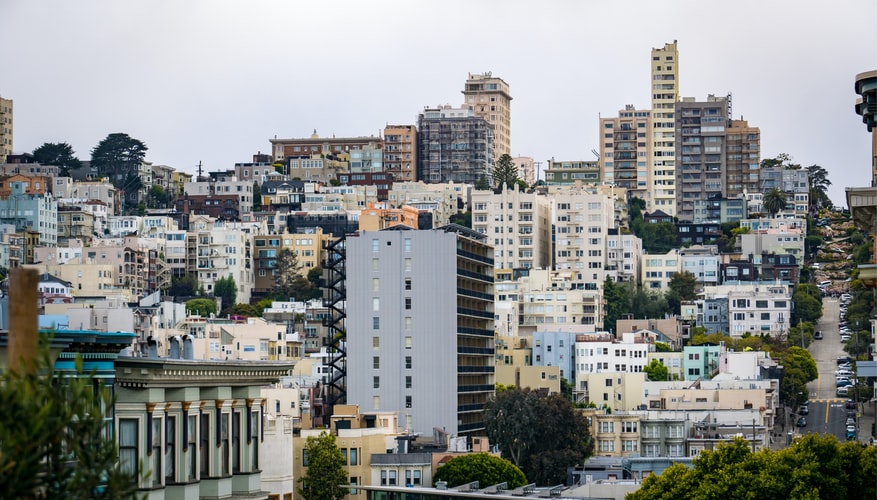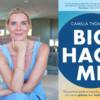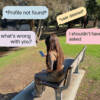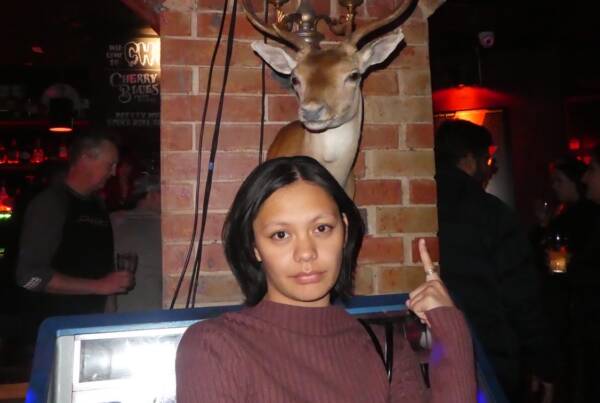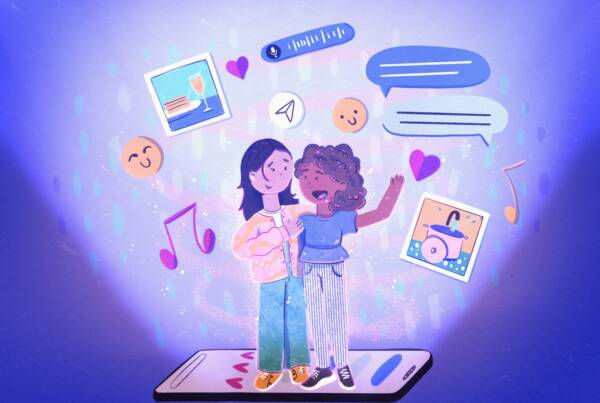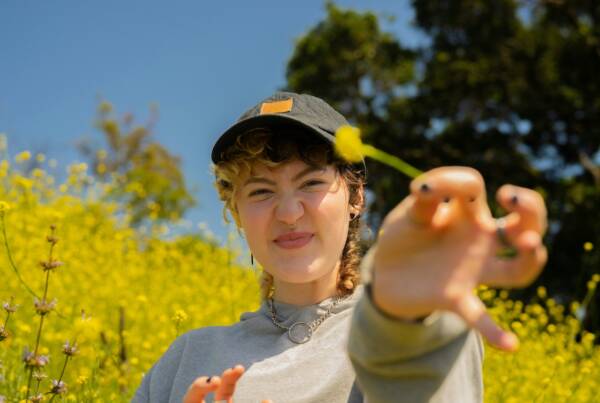Writing by Kacey Clark
A few weeks ago I decided to go for a run in a part of San Francisco I had never been to before. I moved to San Francisco in December 2019 and due to COVID-19, have had less opportunity to explore the city’s many districts and see what each has to offer. Recently, however, I’ve been opting to explore the city on foot and be more spontaneous with my running routes. On this particular day, I ran to the Bayview District, which is the southeast corner of the city, tucked away from most of the prominent areas many non-San Franciscans are familiar with such as the Financial District/downtown, Haight-Ashbury, and the Castro. What I saw shook me, and the fact that I was shaken shook me even more.
The Bayview District is a predominantly black community with very few of the hallmark San Franciscan imagery many people typically expect, whether they are a local or unfamiliar with the area aside from what little we see of the city in the media. We’re used to seeing colorful homes and Victorian-style architecture and coffee shops and art stores and Pride flags flying high–not small businesses whose buildings are falling apart, damaged cars, unsafe sidewalks, littered waterways, and run-down homes. We’re used to thinking of San Franciscans as hippies and techies and queer people and creatives, not poor people of color and struggling small business owners and people living out of their cars and elders limping through the street with their homes on their back. We’re used to an image of San Francisco that is ultimately whitewashed and altered to mask the marginalized areas of it that are in desperate need of attention and care. Because when I ran down Third Street from the Bayview up towards downtown, the old, run-down businesses slowly turned to newer, upscale apartments, office spaces, acai bowl cafes and aesthetic organic eateries. There were parks and open spaces and clean sidewalks and families outside–a stark contrast from what lies just a few miles south of downtown. Upon reflection, I thought that the Bayview was the kind of place that my well-meaning parents would tell me to avoid: a “bad part of town”, and that the newer, yuppier part of the city is the part they would see as “nice” and “safe”–but a closer look makes me realize there is more to this distinction and fear-based narrative than crime rates and cleanliness and safety.
It’s about where our resources are being diverted to. It’s about caring about all communities, not just the white affluent ones. It’s about feeling more comfortable around people who mirror white people’s own privileges so we can be desensitized to them rather than people who remind us how advantaged we truly are. It’s about associating crime with communities of color and safety with white communities and allowing this association to dictate policy and practice. It’s about allowing white businesses to thrive while black ones crumble. It’s about gentrification and marginalization and the perpetuation of years of accelerating whitewashing of a society whose cultural tolerance has gone down the more that cultural diversity has gone up. There are so many things lurking behind the “bad part of town” narrative aside from certain statistics that could show criminal activity is more prominent in certain areas, and statistics are unreliable anyways in a system which disproportionately incarcertates BIPOC and targets black communities. It’s not because of the inherent crime that accompanies communities of color, which is a belief that is often internalized if not explicit–it’s about the inherent injustices that are built into the way that society as a whole sees, or rather doesn’t see, these communities, and overruns them through gentrification and diverts resources to nurture white ones.
Emotion washed over me as I ran back from downtown, past the sleek apartments and acai place and run-down mom and pop shops and cars stuffed with belongings. I realized how self-perpetuating and cyclical this system is: those with privileged identities allocate resources away from those with marginalized identities, keeping these communities in poverty and unrest, perpetuating the narrative that these are “bad parts of town,” and as a result white people are wary of spending their time, energy, and money on the parts of town that are in desperate need of it. I realized how fractionated humanity has become, and how San Francisco is but a microcosm of what has happened to our society as a whole. I realized that there were parts of systemic racism I was keenly aware of, being a sociology and philosophy student with curriculum immersed in social justice issues, but even moreso, I realized that there were so many more moving parts of this vastly intricate system of injustice that I had yet to learn, and would never know the full extent of, because I have the privilege of not having to witness them firsthand. I realized that I’m not woke–and I never will be. I will perpetually be waking up to the injustices across the world and in my own backyard, the ones I have deeply internalized and the ones I have never even thought about.
There are so many struggles in this world beyond what we read in textbooks, hear in lectures, and see on our news feeds–there are innumerable ways to be a hurting human being in a society which awards basic needs like safety, health, support, and connection to those whose identities allow them to access these things with comparable ease. Of course even within identities there are numerous experiences that cannot be whittled down to a single societal stereotype or a single run through the Bayview District. Not all BIPOC are poor; not all white people are affluent. But regardless of individual circumstances and the various privileges and disadvantages we may hold, there is a system set up to support certain communities while oppressing others, to uphold certain dogmas while condemning those that challenge dominant ideologies, and to maintain a power dynamic which has historically and is presently affecting BIPOC communities–and this is a problem. The more those with white privilege wake up to this, the better, but I propose that calling it “wokeness” is all too simplistic–this implies that the “waking up” has already occurred, that it’s a tick off of a checklist of how to be socially aware and not a continual, consistent act of checking your privilege and being willing to learn. I hope that we will be waking up in new ways every day during this strange and turbulent time and every day forward into the future. May we always be waking up to the beautiful things, the terrible things, the things that break our hearts and shatter our souls and bind us together and break us apart. May we always be learning and unlearning, too. I for one will always be waking up–but I will never be woke.

